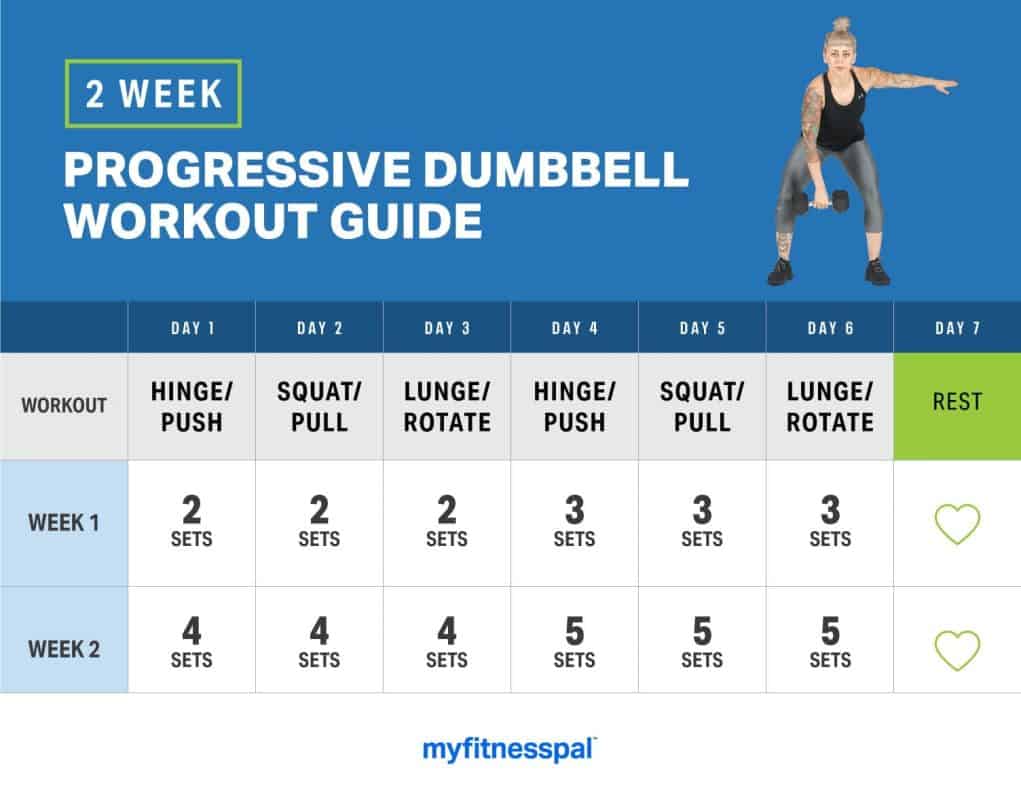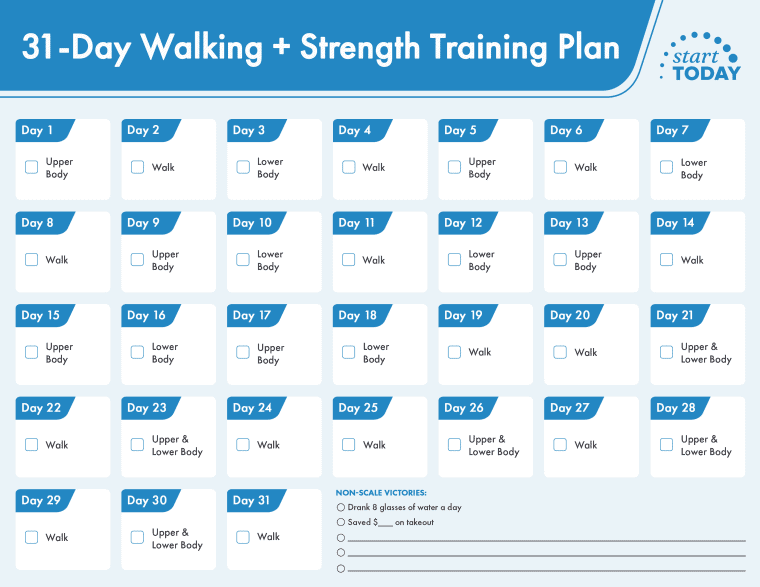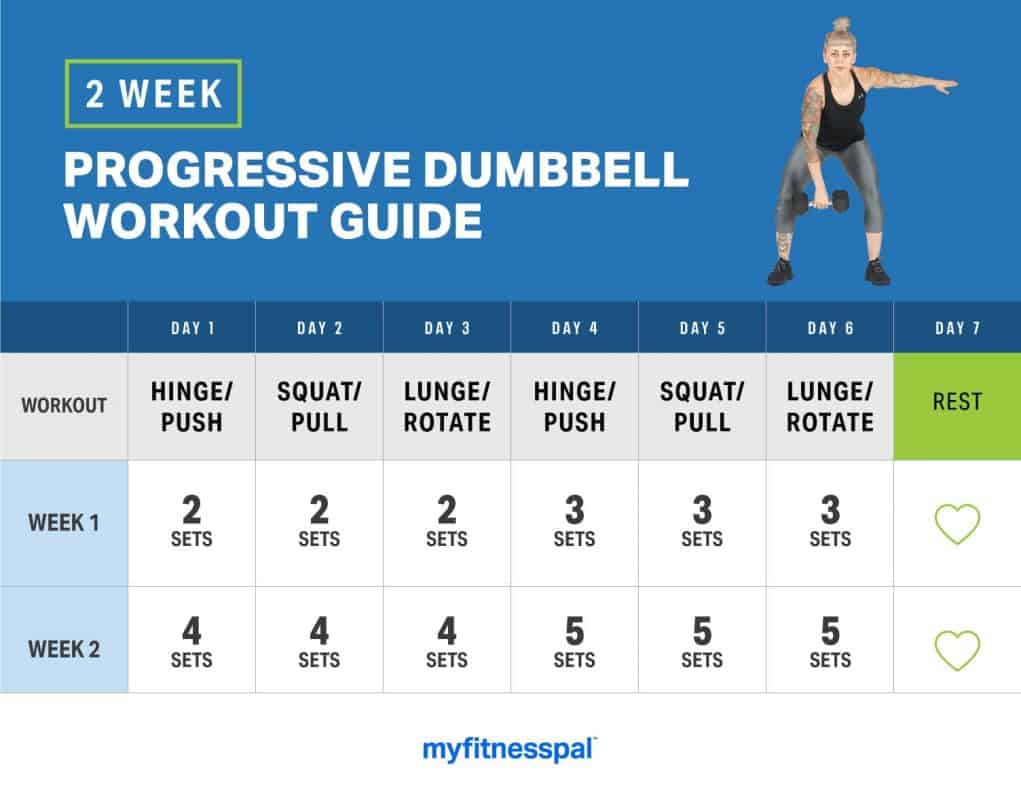Fitness
Beginner’s Dumbbell Workout Routine for Weight Loss
If you’re new to the world of fitness and looking to shed some extra pounds, we’ve got just the workout routine for you! Our beginner’s dumbbell workout routine for Weight Loss is designed to help you tone up and burn calories effectively. With just a pair of dumbbells, you’ll be able to target various muscle groups and boost your metabolism, all from the comfort of your own home. Whether you’re a complete beginner or have some experience, this routine is perfect for anyone looking to kickstart their weight loss journey. So grab those dumbbells and get ready to sculpt your body and achieve your fitness goals!
Benefits of Dumbbell Workouts
Dumbbell workouts offer a variety of benefits that can help you achieve your fitness goals. Whether you’re looking to increase your metabolism, promote fat burning, build muscle strength, enhance overall fitness, improve posture, or boost cardiovascular health, incorporating dumbbell exercises into your routine can be highly effective.
Increases metabolism
One of the primary benefits of dumbbell workouts is their ability to increase your metabolism. By engaging multiple muscle groups and challenging your body with resistance training, dumbbell exercises can help boost your metabolic rate. This means that even after your workout is over, your body continues to burn calories at a higher rate, giving you an added advantage in your weight loss journey.
Promotes fat burning
In addition to increasing your metabolism, dumbbell workouts are also great for promoting fat burning. By engaging in strength training exercises using dumbbells, you can build lean muscle mass, which helps to increase your body’s ability to burn fat. The more muscle you have, the more calories you burn throughout the day, even when you’re at rest.
Builds muscle strength
Dumbbells are versatile tools that can target different muscle groups, making them effective for building muscle strength. By incorporating exercises like squats, chest presses, and overhead presses into your routine, you can target specific muscle groups and gradually increase their strength over time. Building muscle strength not only improves your overall physical performance but also aids in injury prevention and enhances your daily activities.
Enhances overall fitness
Dumbbell workouts are not only great for building muscle strength but also for enhancing overall fitness. By engaging in full-body exercises that involve multiple muscle groups, you can improve your cardiovascular endurance, flexibility, and stamina. This not only helps you become more resilient and efficient in everyday tasks but also improves your performance in other physical activities, such as running or sports.
Improves posture
Poor posture is a common problem caused by our sedentary lifestyles and desk-bound jobs. However, incorporating dumbbell exercises into your routine can help improve your posture. Exercises like bent-over rows and shoulder presses target the muscles responsible for maintaining good posture, helping to alleviate muscle imbalances and strengthen the muscles that support proper alignment. With regular practice, you’ll notice your posture improving, which can have direct effects on your confidence and overall well-being.
Boosts cardiovascular health
While dumbbell workouts are often associated with strength training, they can also play a significant role in boosting your cardiovascular health. By incorporating cardiovascular exercises such as high-intensity interval training (HIIT) or circuit training into your dumbbell workout routine, you can elevate your heart rate and improve your cardiovascular endurance. This not only strengthens your heart but also improves blood circulation, lowers blood pressure, and reduces the risk of cardiovascular diseases.

Getting Started with Dumbbell Workouts
Before diving into a dumbbell workout routine, it’s important to take a few necessary steps to ensure your safety and maximize your results. Here are some essential tips to keep in mind when getting started with dumbbell workouts:
Consult a healthcare professional
Before starting any new exercise program, especially if you have any pre-existing health conditions or injuries, it’s essential to consult a healthcare professional. They can assess your current fitness level, provide personalized guidance, and ensure that incorporating dumbbell workouts into your routine is safe and suitable for your specific needs.
Choose the right dumbbell weight
Selecting the appropriate dumbbell weight is crucial for an effective and safe workout. Start with lighter weights to practice proper form and technique before gradually increasing the weight as you gain strength. Ideally, you should be able to complete a set of 8-12 repetitions with proper form while feeling challenged but not strained.
Warm up before starting
To prepare your body for the workout ahead and prevent injuries, it’s important to warm up properly. Spend 5-10 minutes performing dynamic stretching exercises, such as arm circles, leg swings, and torso rotations. This will increase blood flow to your muscles, loosen up your joints, and mentally prepare you for the upcoming workout.
Proper form and technique
Maintaining proper form and technique during dumbbell workouts is essential for avoiding injuries and maximizing the effectiveness of each exercise. Before adding weights, familiarize yourself with the correct form by watching instructional videos, working with a trainer, or consulting a fitness professional. Focus on proper posture, controlled movements, and engaging the targeted muscles throughout each exercise.
By following these steps, you can ensure a safe and effective start to your dumbbell workout routine.

Beginner’s Dumbbell Workout Routine
Now that you’re familiar with the benefits of dumbbell workouts and have taken the necessary steps to get started, it’s time to explore a beginner’s dumbbell workout routine. This routine is designed to target different muscle groups and provide a well-rounded workout for weight loss and overall strength development.
1. Full-Body Workout
A full-body workout is a great way to engage all major muscle groups and get a complete workout in a shorter period. This circuit-style workout targets your upper body, lower body, and core muscles.
- Squats: Targets your quadriceps, hamstrings, and glutes.
- Chest Press: Engages your chest, shoulders, and triceps.
- Bent-Over Rows: Focuses on your back, biceps, and shoulders.
- Overhead Press: Targets your shoulders, triceps, and upper back.
- Deadlifts: Engage your hamstrings, glutes, and lower back.
Complete each exercise for 12-15 repetitions and repeat the circuit 2-3 times with a rest period in between sets.
2. Upper Body Workout
To specifically target your upper body muscles, this workout focuses on exercises that engage your arms, shoulders, and chest.
- Bicep Curls: Targets your biceps and forearms.
- Tricep Kickbacks: Engages your triceps.
- Shoulder Press: Targets your deltoids, triceps, and upper back.
- Lateral Raises: Focuses on your shoulders and upper back.
- Push-ups: Engage multiple muscles in your chest, shoulders, and arms.
Perform 12-15 repetitions of each exercise, resting for 30-60 seconds between sets. Complete 2-3 sets.
3. Lower Body Workout
To strengthen and tone your lower body, this workout includes exercises that target your glutes, quadriceps, hamstrings, and calf muscles.
- Lunges: Targets your quadriceps, hamstrings, and glutes.
- Step-ups: Engage your glutes, quadriceps, and calves.
- Hamstring Curls: Focus on your hamstrings and glutes.
- Calf Raises: Target your calf muscles.
- Sumo Squats: Engage your inner thighs, glutes, and quadriceps.
Perform 12-15 repetitions of each exercise, resting for 30-60 seconds between sets. Complete 2-3 sets.
4. Core Workout
A strong core is essential for stability, balance, and overall strength. This core workout targets the muscles in your abdomen, lower back, and obliques.
- Plank: Engages your entire core.
- Russian Twists: Focus on your obliques.
- Crunches: Target your abdominal muscles.
- Mountain Climbers: Engage your core and shoulders.
- Leg Raises: Focus on your lower abdominal muscles.
Complete each exercise for 12-15 repetitions, resting for 30-60 seconds between sets. Aim to complete 2-3 sets.
5. Cardio Workout
Cardiovascular exercises are crucial for burning calories, improving endurance, and boosting your cardiovascular health. These exercises can be combined with dumbbell workouts to create an effective cardio routine.
- Jumping Jacks: Engage your entire body and elevate your heart rate.
- High Knees: Target your legs and core while increasing your heart rate.
- Burpees: Engage multiple muscles while elevating your heart rate.
- Mountain Climbers: Incorporate full-body movements to challenge your cardiovascular system.
- Jump Rope: Provide a fun and effective cardiovascular workout.
Perform each exercise for 30 seconds to 1 minute, aiming to complete 2-3 sets with a short rest period between sets.

Tips for an Effective Workout
To make the most out of your dumbbell workouts and ensure your progress is consistent and safe, here are some additional tips to keep in mind:
Start with lighter weights and gradually increase
As a beginner, it’s important to start with lighter weights and focus on proper form and technique. Gradually increase the weight as you gain strength to prevent injuries and ensure continued progress.
Maintain proper form and technique
Proper form is crucial for maximizing the effectiveness of each exercise and reducing the risk of injuries. Take the time to learn and practice correct form for each exercise, and if possible, consider working with a trainer to ensure you’re performing the exercises correctly.
Focus on both strength and cardiovascular exercises
To achieve a well-rounded fitness routine, it’s important to incorporate both strength training exercises using dumbbells and cardiovascular exercises for overall health and fitness. Striking a balance between the two will help you build strength, burn fat, and improve cardiovascular health.
Listen to your body’s limits
Pay attention to your body and give yourself rest days when needed. Overtraining can lead to injuries and hinder your progress. If an exercise feels painful or uncomfortable, modify it or consult a professional for guidance.
Stay hydrated
Drinking enough water before, during, and after your workout is essential for optimal performance and recovery. Proper hydration helps regulate body temperature, supports nutrient absorption, and maintains overall health.
Track your progress
Keeping track of your workouts, including the weights used, repetitions, and sets performed, can help you monitor your progress and make adjustments as needed. This will also provide you with a sense of accomplishment and motivation to continue pushing yourself.

Conclusion
Incorporating dumbbell workouts into your fitness routine can be a game-changer for weight loss and overall health. By reaping the benefits of increased metabolism, fat burning, muscle strength, enhanced fitness, improved posture, and cardiovascular health, you’re setting yourself up for success on your fitness journey.
Remember to consult a healthcare professional, choose the right dumbbell weight, warm up properly, and maintain proper form and technique. With the beginner’s dumbbell workout routine provided, you have a range of exercises to target different muscle groups and make progress towards your goals.
By following the tips for an effective workout, staying consistent, accompanying your workouts with a balanced diet, and enjoying the journey, you’ll be well on your way to achieving your weight loss and fitness goals with dumbbell workouts. So grab those dumbbells and get started on your path to a stronger, healthier you!


